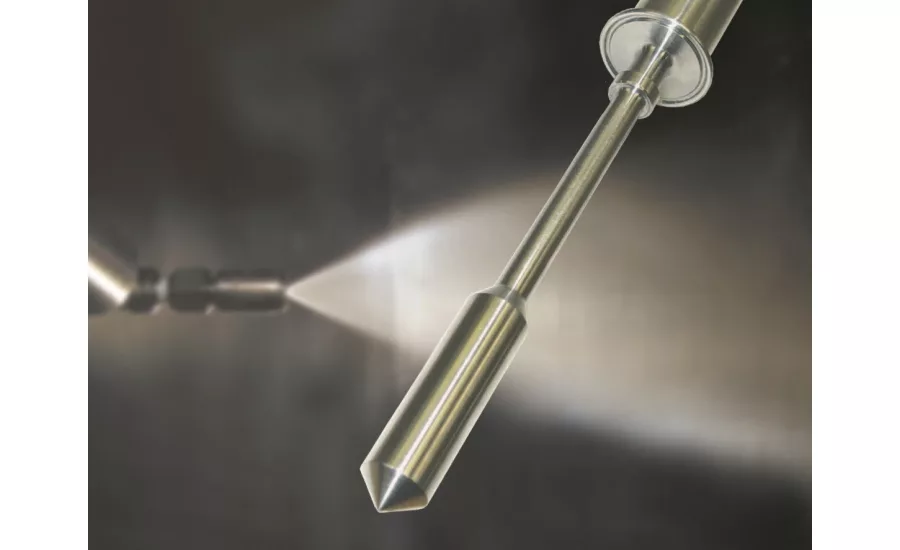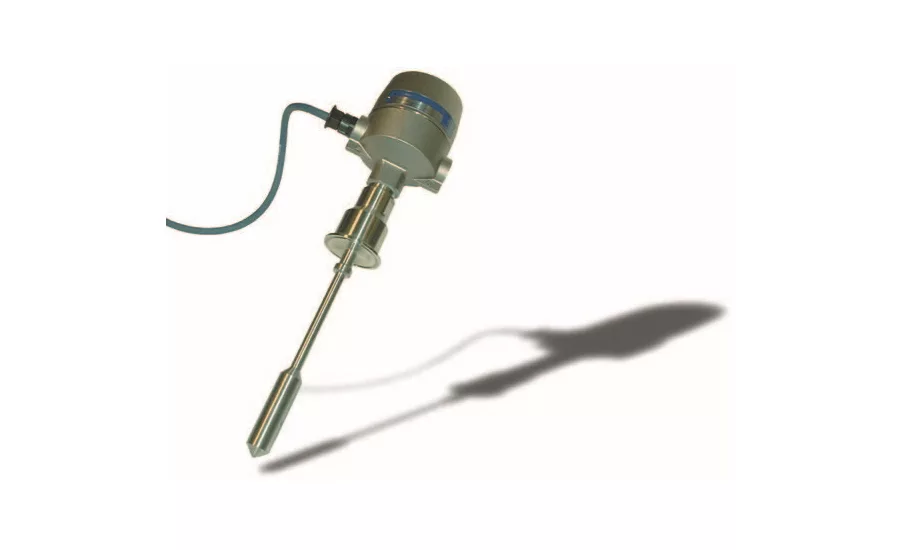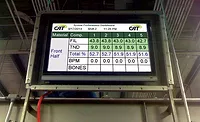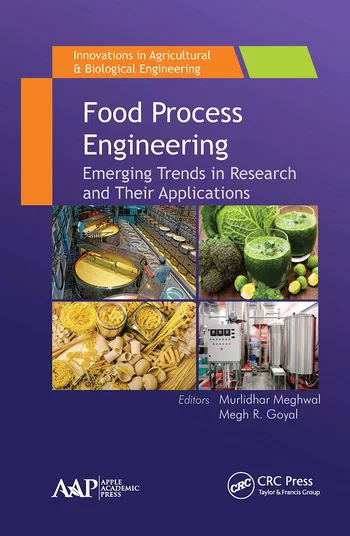Field Reports
On-line viscometer maximizes yield in spray-drying process
An on-line process viscometer from Hydramotion Ltd. is reducing losses and maximizing yield in the production of milk powder at the H.J. Heinz plant in Kendal, Cumbria (U.K.).

The XL7 on-line viscometer allows for live measurement, which help to minimize yield losses.
Photo courtesy of Hydramotion

The viscometer sensor is an all-welded 316 stainless steel construction capable of coping with hostile process conditions such as cleaning agents, while the measurement technology naturally rejects plant vibration and noise.
Photo courtesy of Hydramotion
Milk powder is produced by the process of “spray drying,” which is widely used in the food industry for making products as diverse as baby foods, coffee and soup mixes. The process involves:
- Pre-concentration of liquid
- Atomization (dispersion of liquid into fine droplets)
- Drying in stream of hot, dry gas
- Separation of powder from moist gas
- Cooling of powder
- Packaging of product
Pre-concentrating the liquid improves the efficiency of the relatively expensive drying stage and thereby increases productivity. The liquid product concentrate is pumped to the atomizer, which reduces the liquid to a spray of droplets of a controlled size, generally from 10 to 500 micrometers depending on the type of product. The droplets are sprayed into a stream of hot gas, which is usually dried air, unless the liquid is oxygen-sensitive or a flammable solvent such as ethanol, when nitrogen is used. The tiny droplets lose moisture very rapidly in the drying air, after which the dry powder is separated from the moist air in cyclones by centrifugal action.
The physical properties of the products are intimately associated with the powder structure generated during spray drying. It is possible to control many of the factors that influence powder structure in order to obtain the desired properties, but to do so effectively demands continuous on-line monitoring of the feed liquid in order to keep the product within specification. Manual sampling and measurement introduces delays that can cause lengthy startup and shutdowns and uncertainties that lead to poor batch-to-batch comparability.
At the H.J. Heinz plant, concentrated milk is forced at high pressure through very fine nozzles into a chamber of warm air. The efficiency of drying is largely determined by the degree of atomization, which is directly proportional to the viscosity of the feed solution. Thus, the viscosity of the milk concentrate at the atomization step has a crucial effect on the characteristics of the resulting spray-dried product.
An online viscometer such as the Hydramotion XL7 is suitable for monitoring the spray-drying process. Because viscosity is measured continuously in real time with high sensitivity and repeatability, changes are immediately detected. Measurements are unaffected by changes in the flow rate or by the amount of suspended solids in the concentrate, which could be as high as 40%. The single solid-rod sensor has a hygienic clean-in-place (CIP) design, presenting minimal possibilities of fouling and eliminating “dead” spaces where microorganisms could propagate.
“We use the online viscometer to measure product interfaces and percentage solids,” says
Robin Sandman, site engineer at H.J. Heinz. “We discovered the Hydramotion XL7 in the technical literature and decided to purchase because of its simplicity and reliability. It certainly meets our needs, it is very simple to install and operate, and performance is excellent.”
Before acquiring the viscometer, the company had tried to use conductivity as a measure of milk viscosity, but found that the technique was unreliable and inaccurate. Now, with the XL7 providing continuous, real-time monitoring of milk viscosity, production staff can make instant adjustments to maintain product quality. Says Sandman, “With the on-line viscometer we have live measurement, so minimizing yield losses.”
The star viscometer
The Dairy Products Research Center in Co. Cork, Ireland, gave a four-star rating to the XL7 on-line viscometer for its contribution to quality control in the production of milk powder.* Advantages highlighted by the researchers include “high immunity to plant vibration, ease of cleaning and low maintenance requirement.”
The viscometer sensor is an all-welded 316 stainless steel construction capable of coping with hostile process conditions such as cleaning agents, while the measurement technology naturally rejects plant vibration and noise. As with all of the companys viscometers, the XL7 is factory-calibrated to certified viscosity standards traceable to NIST and needs no on-site recalibration. Hygienic fittings enable the orientation-independent transducer to be installed at any location within minutes and ensure ease of cleaning between production batches. There are no moving parts, seals or bearings that can wear out or fail in service, so routine maintenance is minimal.
Installed at the pre-atomizer point, the Hydramotion viscometer offers significantly better control of the atomization process, leading to reductions in wastage, lower energy consumption and better control of product texture, bulk density and moisture content.
*O’Callaghan, Schulz, O’Donnell et al., Improved Control in Dairy Processing (On-line Sensor Control for Milk Powder and Cheese Manufacture), DPRC No. 42, 2001.
For more information, visit www.hydramotion.com.Looking for a reprint of this article?
From high-res PDFs to custom plaques, order your copy today!







